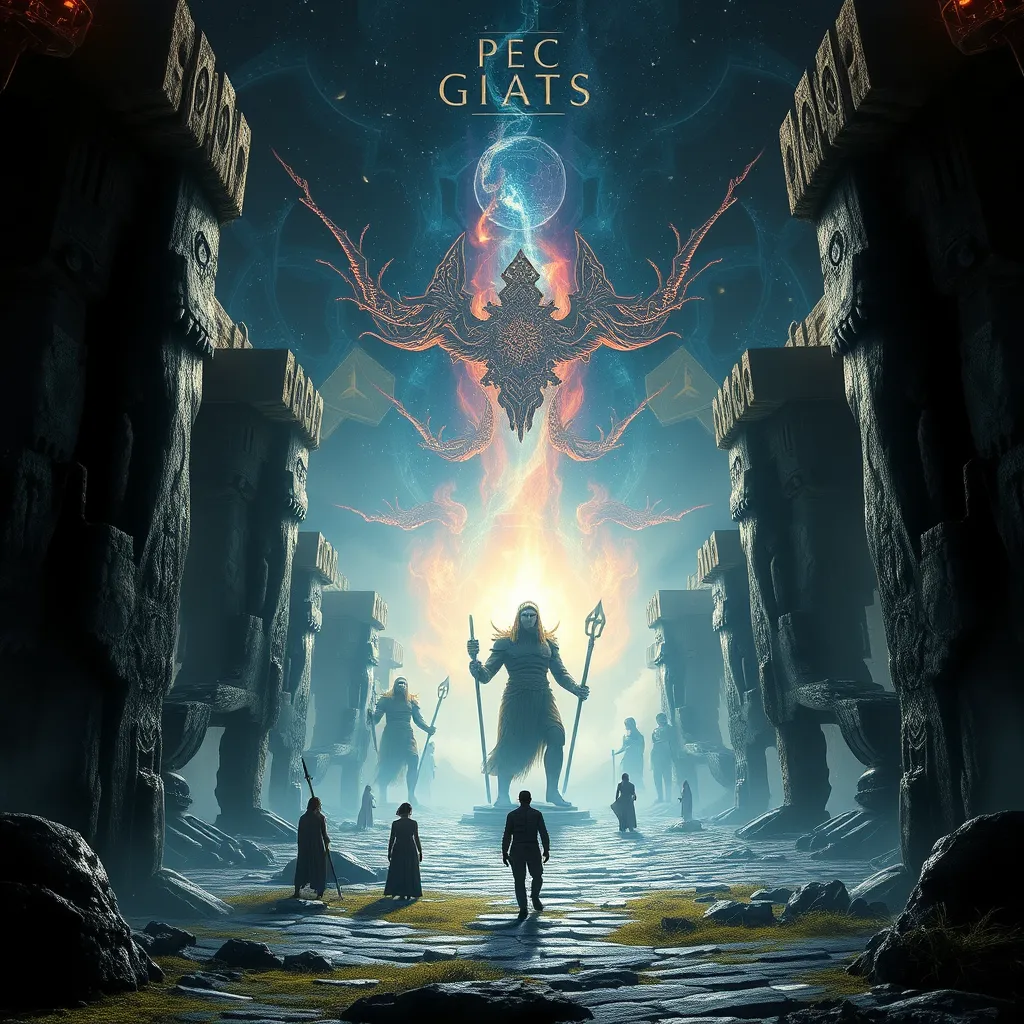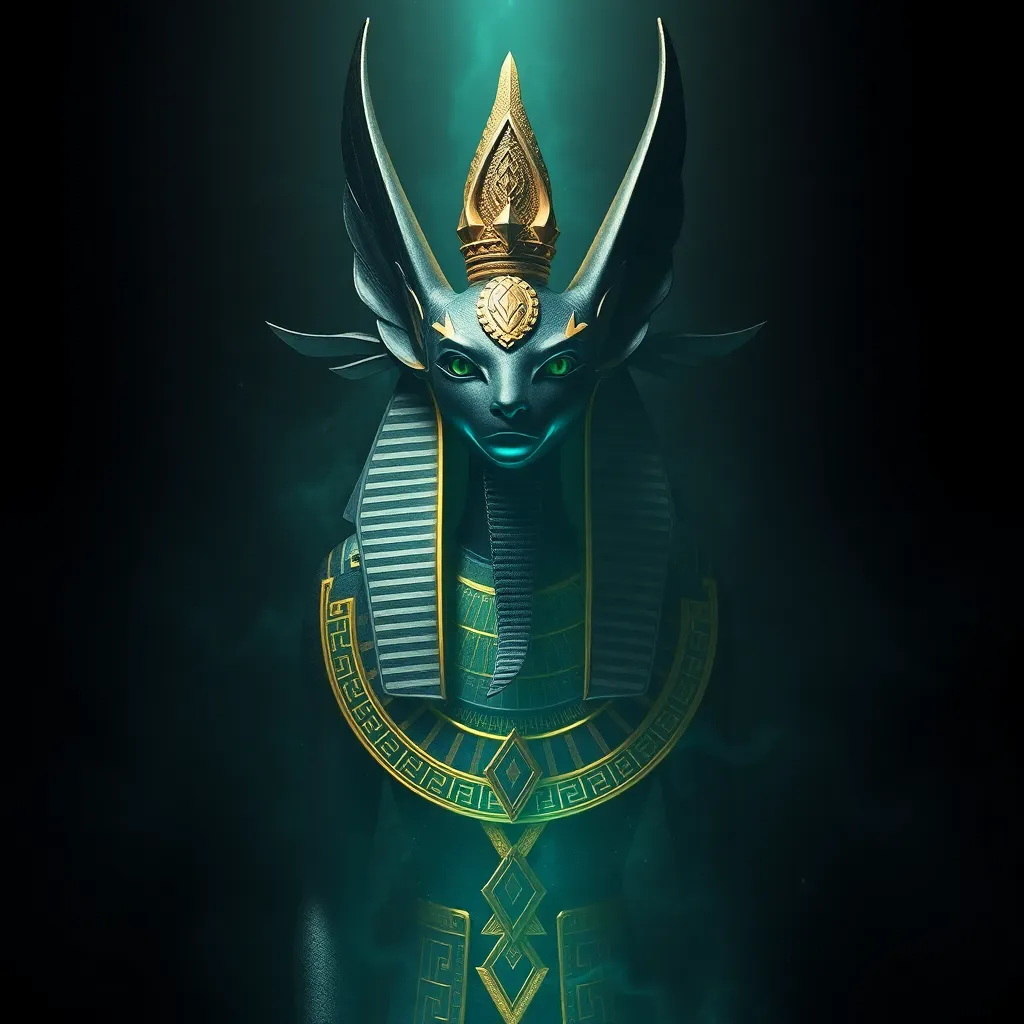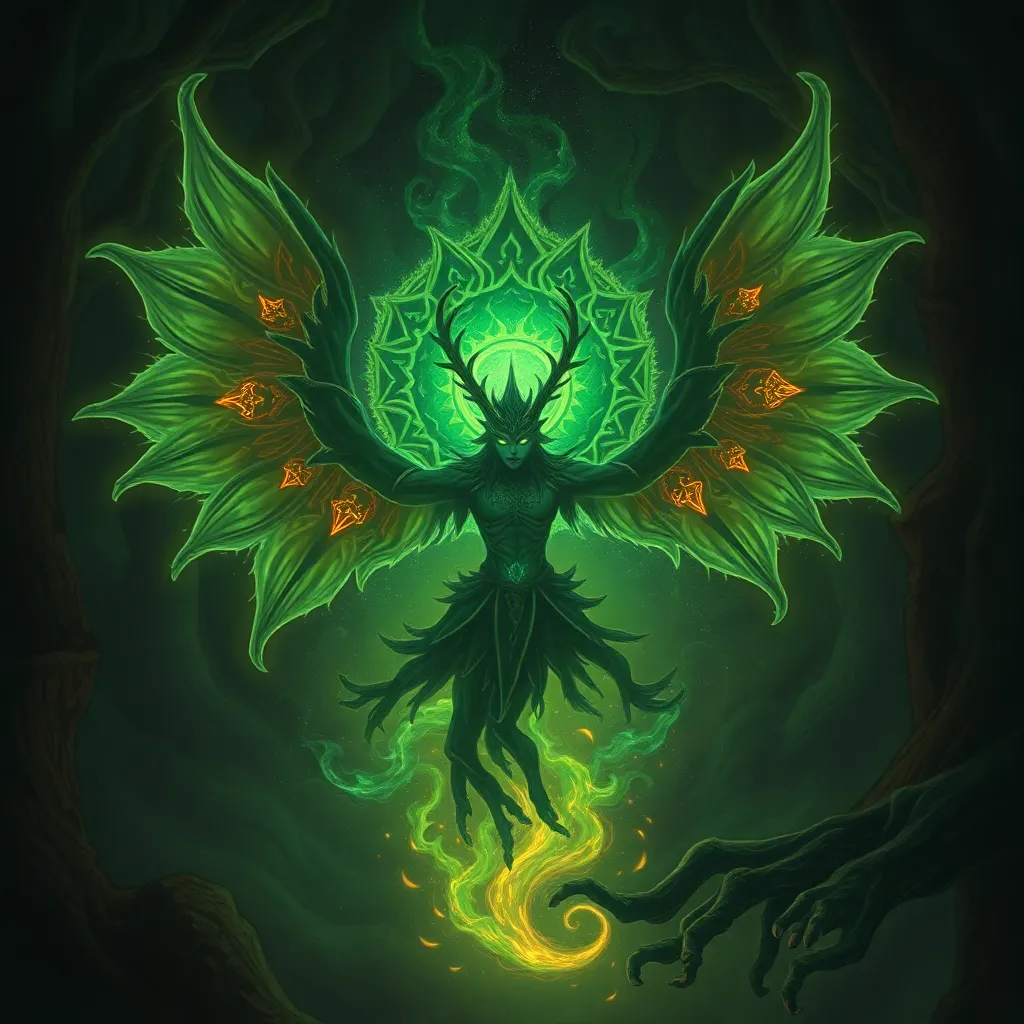The Giants of the Bible: Nephilim, Anakim, and the Sons of God
I. Introduction
The concept of giants in biblical texts has intrigued scholars, theologians, and lay readers alike for centuries. These beings, often described as formidable and larger-than-life, appear in various narratives throughout the Bible, particularly in the context of God’s interactions with humanity. Among the most notable giants mentioned in the scriptures are the Nephilim, the Anakim, and the enigmatic Sons of God.
Understanding the significance of these figures provides insight into ancient beliefs, theological discussions, and the cultural milieu of the biblical world. This article aims to explore the origins, characteristics, and implications of these giants while considering their relevance in both historical and modern contexts.
II. The Nephilim: Origins and Characteristics
A. Definition and etymology of the term “Nephilim”
The term “Nephilim” is often translated as “giants” in many versions of the Bible. Its etymology is debated, but it is commonly derived from the Hebrew root “npl,” meaning “to fall,” suggesting meanings such as “fallen ones” or “those who cause others to fall.” This interpretation has fueled various theories about their nature and origin.
B. Biblical references to the Nephilim (Genesis 6:1-4)
The Nephilim are specifically mentioned in Genesis 6:1-4, which describes the “Sons of God” taking human wives and producing offspring. The text states:
“The Nephilim were on the earth in those days—and also afterward—when the Sons of God went to the daughters of humans and had children by them. They were the heroes of old, men of renown.” (Genesis 6:4, NIV)
C. Theories on their nature: fallen angels, hybrid beings, or mythical figures
- Fallen Angels: Some interpretations suggest that the Nephilim were the offspring of fallen angels and human women, a view supported by certain Jewish traditions.
- Hybrid Beings: Another theory posits that they were hybrids, resulting from unions between divine beings and humans, embodying both physical power and spiritual significance.
- Mythical Figures: Alternatively, some scholars argue that the Nephilim are mythical figures symbolizing chaos and rebellion against God.
III. The Sons of God: Identity and Role
A. Interpretations of the phrase “Sons of God” in Genesis 6
The identity of the “Sons of God” mentioned in Genesis 6 has been a topic of significant debate. Some interpretations suggest they are fallen angels, while others argue they refer to the descendants of Seth, the righteous line of Adam.
B. Connections to ancient Near Eastern texts and traditions
Similar concepts of divine beings interacting with humans can be found in ancient Near Eastern literature, where gods often descended to earth and fathered heroes. This cultural backdrop provides a comparative lens through which to understand the biblical narrative.
C. Theological implications of the Sons of God in the context of the Nephilim
The presence of the Sons of God in the narrative raises questions about the nature of divine interaction with humanity and the boundaries between the sacred and the profane. The implications of their actions can be seen as a foreshadowing of the flood, serving as a warning about the consequences of crossing divine boundaries.
IV. The Anakim: Descendants and Characteristics
A. Introduction to the Anakim and their biblical mentions (Numbers 13:33)
The Anakim are another group of giants mentioned in the Bible, particularly noted in Numbers 13:33, where the Israelite spies report seeing them in the land of Canaan:
“We seemed like grasshoppers in our own eyes, and we looked the same to them.” (Numbers 13:33, NIV)
B. Physical description and cultural significance
While the Bible does not provide extensive physical descriptions of the Anakim, they are often characterized as formidable warriors and are associated with fear and intimidation among the Israelite spies. Culturally, they represent the challenges the Israelites faced as they sought to claim the Promised Land.
C. The Anakim in the context of Israelite conquests
The Anakim were eventually defeated by the Israelites during their conquests in Canaan, as recorded in the book of Joshua. Their defeat symbolized the triumph of faith over seemingly insurmountable obstacles.
V. Theological Interpretations and Debates
A. Historical perspectives on the giants in biblical scholarship
Historically, giants in the Bible have been interpreted in various ways, often reflecting the theological and cultural concerns of the times. Early church fathers and medieval scholars offered different insights, which continue to influence contemporary discussions.
B. Different theological interpretations regarding the nature of the giants
The nature of giants like the Nephilim and Anakim raises questions about divine justice and the nature of sin. Some theologians view them as embodiments of human pride and rebellion, while others see them as cautionary figures illustrating the consequences of straying from God’s path.
C. Contemporary views on the relevance of the giants in modern faith discussions
In contemporary faith discussions, the giants serve as metaphors for the challenges believers face today. They remind us of the existence of spiritual battles and the importance of faith, courage, and reliance on God in overcoming life’s obstacles.
VI. The Giants in Extra-Biblical Texts and Traditions
A. References to giants in apocryphal and pseudepigraphal literature (e.g., Book of Enoch)
Extra-biblical texts, such as the Book of Enoch, elaborate on the Nephilim’s origins and their interactions with humanity. These texts provide a broader context for understanding the giants’ role in biblical narratives.
B. Comparative analysis with other ancient cultures’ myths about giants
Many ancient cultures, including Greek and Mesopotamian, have myths featuring giants. These stories often share themes of conflict between gods and giants, reflecting common human concerns about order versus chaos.
C. Influence of these texts on Jewish and Christian thought
The narratives surrounding giants in extra-biblical literature have significantly influenced Jewish and Christian thought, shaping beliefs about the nature of evil, divine intervention, and the human condition.
VII. The Giants in Popular Culture
A. Representation of the Nephilim and Anakim in literature and media
In modern literature and media, the Nephilim and Anakim have been depicted in various ways, often as characters embodying strength, mystery, or darkness. Their representations can be found in fantasy novels, films, and video games.
B. Impact on contemporary myth-making and storytelling
The giants of the Bible have inspired contemporary myth-making, often blending biblical narratives with fictional elements to create compelling stories that resonate with modern audiences.
C. Reflections on how these portrayals shape modern perceptions of biblical texts
These portrayals can sometimes lead to misconceptions about the biblical texts, emphasizing the need for careful interpretation and understanding of the original narratives in their historical and cultural contexts.
VIII. Conclusion
In summary, the giants of the Bible, including the Nephilim, Anakim, and the Sons of God, represent complex figures that have significant theological and cultural implications. Their stories reflect ancient beliefs about the divine, human nature, and the ongoing struggle between good and evil.
The lasting significance of these giants continues to inspire exploration and discussion among scholars, theologians, and believers. As we delve deeper into biblical narratives, we are encouraged to seek understanding and insight into their meanings and relevance in our lives today.




